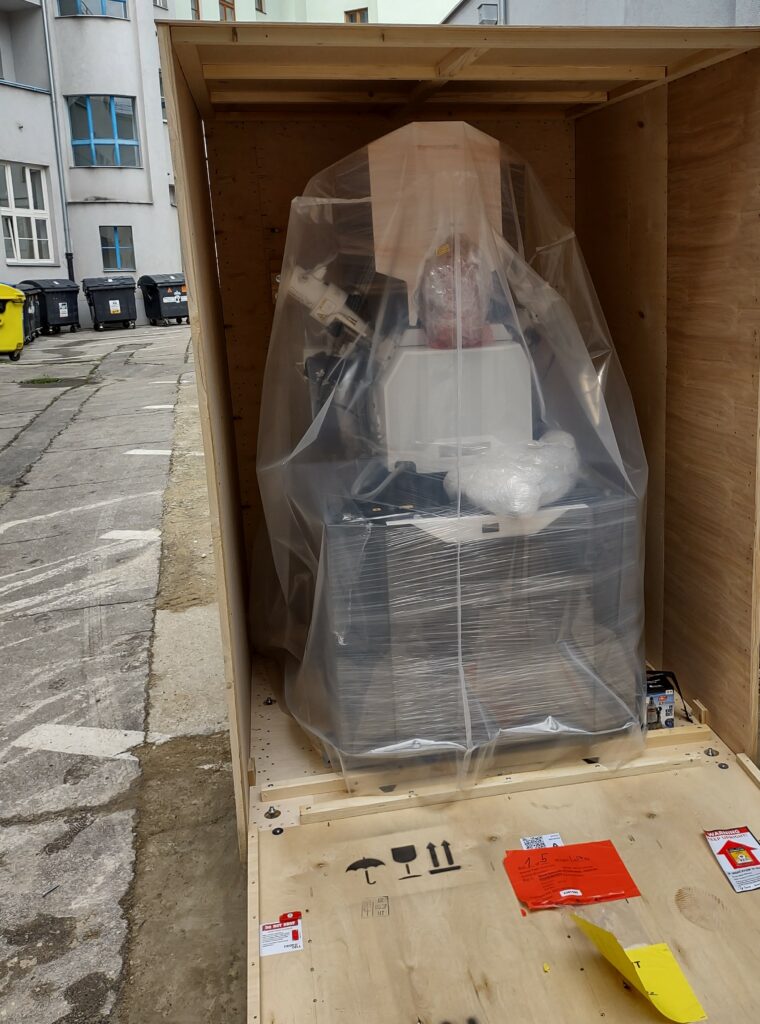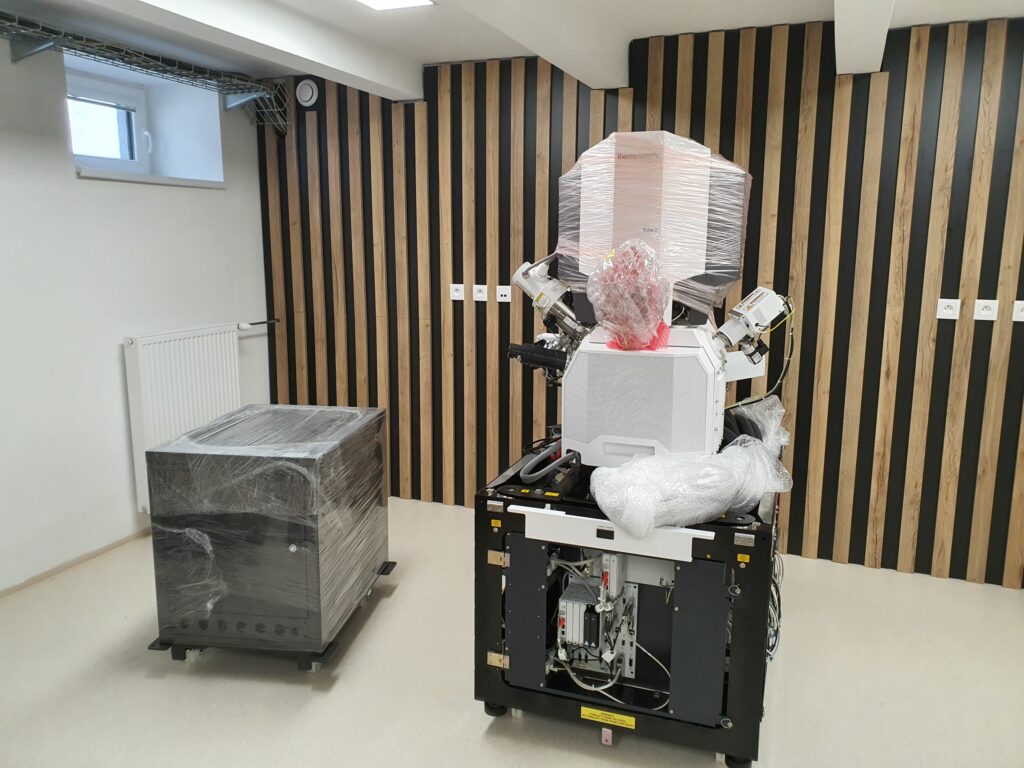Rahul Sharma, Henry Nameirakpam, David Muradas Belinchón, Prince Sharma, Ulrich Noumbe, Daria Belotcerkovtceva, Elin Berggren, Viliam Vretenár, Ľubomir Vančo, Matúš Maťko, Ravi K. Biroju, Soumitra Satapathi, Tomas Edvinsson, Andreas Lindblad, M. Venkata Kamalakar*
In: ACS Applied Materials & Interfaces, Vol 16, Issue 29
https://doi.org/10.1021/acsami.4c07028
Abstract
Two-dimensional (2D) van der Waals heterostructures combine the distinct properties of individual 2D materials, resulting in metamaterials, ideal for emergent electronic, optoelectronic, and spintronic phenomena. A significant challenge in harnessing these properties for future hybrid circuits is their large-scale realization and integration into graphene interconnects. In this work, we demonstrate the direct growth of molybdenum disulfide (MoS2) crystals on patterned graphene channels. By enhancing control over vapor transport through a confined space chemical vapor deposition growth technique, we achieve the preferential deposition of monolayer MoS2 crystals on monolayer graphene. Atomic resolution scanning transmission electron microscopy reveals the high structural integrity of the heterostructures. Through in-depth spectroscopic characterization, we unveil charge transfer in Graphene/MoS2, with MoS2 introducing p-type doping to graphene, as confirmed by our electrical measurements. Photoconductivity characterization shows that photoactive regions can be locally created in graphene channels covered by MoS2 layers. Time-resolved ultrafast transient absorption (TA) spectroscopy reveals accelerated charge decay kinetics in Graphene/MoS2 heterostructures compared to standalone MoS2 and upconversion for below band gap excitation conditions. Our proof-of-concept results pave the way for the direct growth of van der Waals heterostructure circuits with significant implications for ultrafast photoactive nanoelectronics and optospintronic applications.





